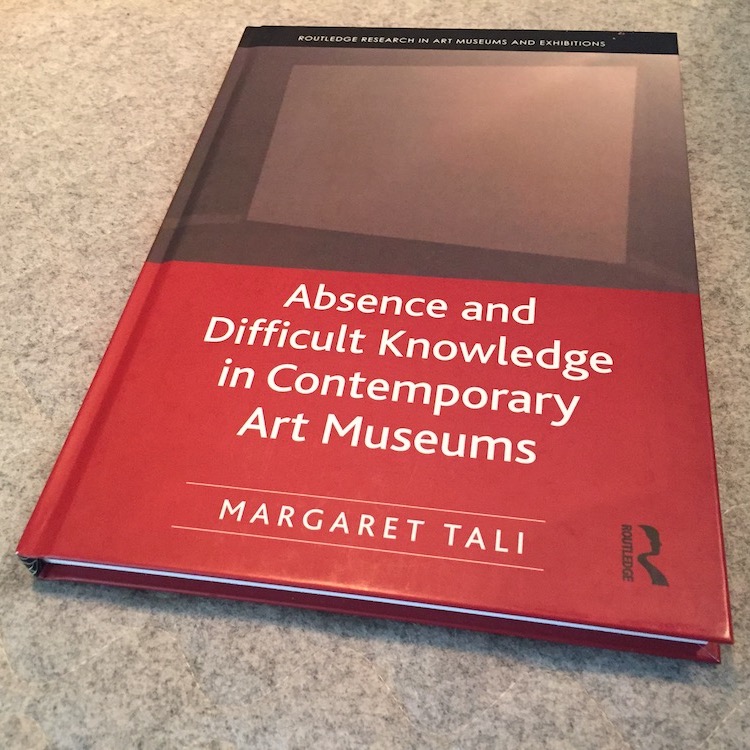My book “Absence and Difficult Knowledge in Contemporary Art Museums” was published in 2018 with Routledge.
The book grows out of a feeling of discomfort about the ambiguity that exists in the art world when dealing with cultural difference – its spectacularisation, commodification, celebration or simply neglect. I was interested in the way local community relations are present in something symbolically so important as collecting art for public museums. I decided to use four European museum collections as my case studies and analyze museum narratives as well as consider the changes in museum structures. These four national art museums are: Kumu museum in Tallinn, Kiasma museum in Helsinki, Ludwig Museum in Budapest, and Hamburger Bahnhof in Berlin. How are local community relations present in what is represented in these museums, and how have they affected the way museums collect art?
There are two central themes in the book: the growing influence of private collectors and the absence of minority artists perspectives in art museums narratives. I theorize this absence in the book and distinguish its different constitutive parts. Difficult knowledge is proposed as a conceptual approach for dealing with the interrelated absences in museum collections productively.
I am open to discuss the themes of the book in educational settings and seminars.
